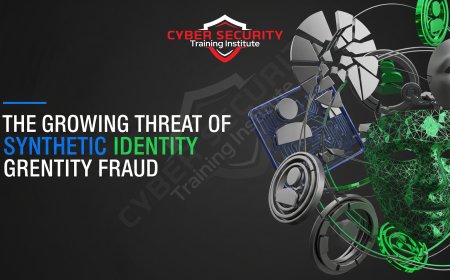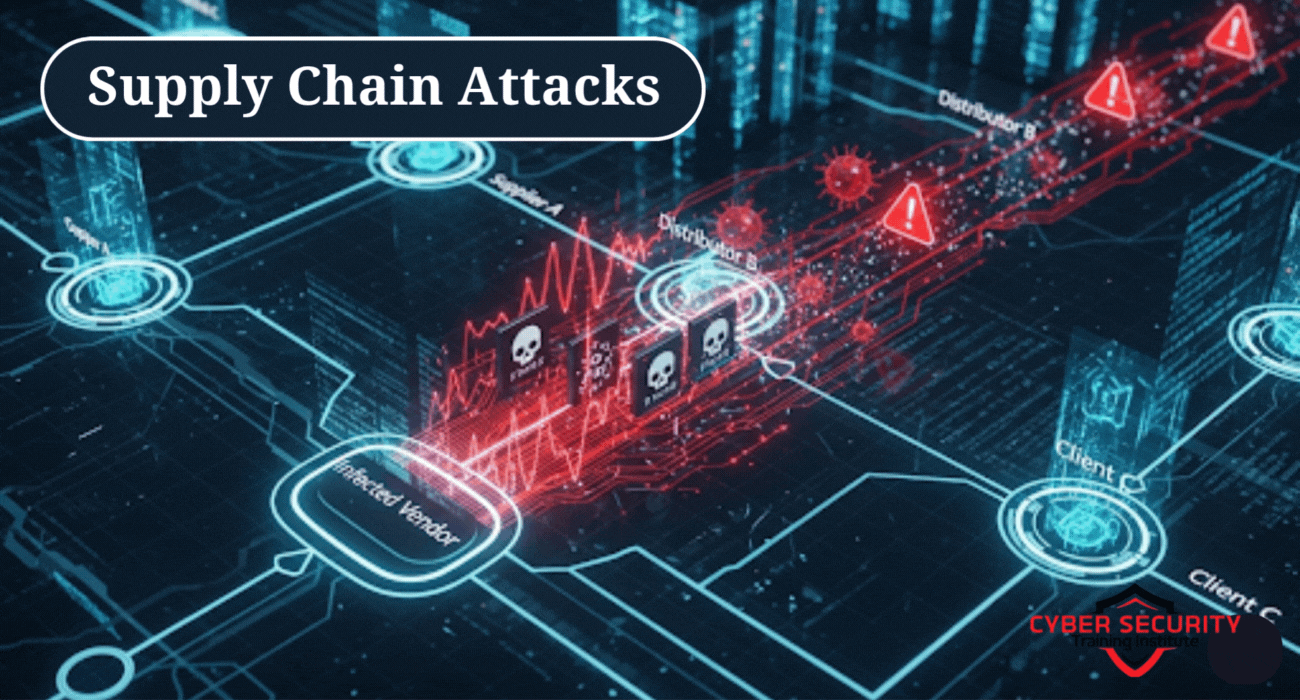Who Is Leading the Development of AI-Driven SOC Automation Tools in 2025?
The development of AI-driven SOC automation tools in 2025 is being led by Next-Gen SIEM/XDR giants like Microsoft and CrowdStrike, specialized SOAR vendors, and a new wave of AI-native "co-pilot" startups. This market analysis for 2025 explores the key players and technologies that are transforming the Security Operations Center. It details the shift from rigid, playbook-based automation to dynamic, AI-powered analysis that mimics the reasoning of a human expert. The article breaks down the core architecture of an AI-automated SOC, profiles the leading innovators, and discusses the challenges of trust and explainability. It provides a strategic guide for CISOs on how to adopt this transformative technology to combat analyst burnout and respond to threats at machine speed.
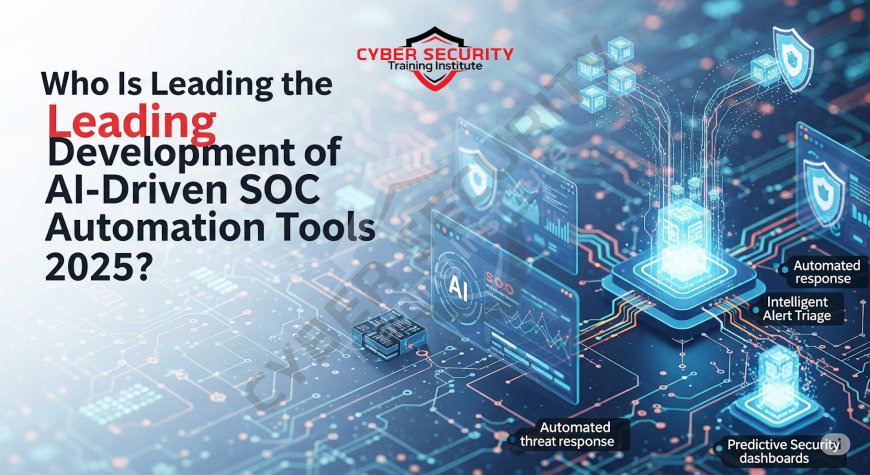
Table of Contents
- Introduction
- The Rigid Playbook vs. The Dynamic AI Analyst
- The Unmanageable SOC: Why AI-Driven Automation is a Necessity
- The Architecture of an AI-Automated SOC
- Key Players in AI-Driven SOC Automation (2025)
- The 'Black Box' Trust Issue: Overcoming AI's Limitations
- The Future: Towards the Self-Driving SOC
- A CISO's Guide to Implementing SOC Automation
- Conclusion
- FAQ
Introduction
The development of AI-driven SOC automation tools in 2025 is being led by three main groups: the Next-Gen SIEM and XDR giants like Microsoft, Palo Alto Networks, and CrowdStrike, who are embedding AI decision-making into their core platforms; specialized SOAR (Security Orchestration, Automation, and Response) vendors, who are evolving their playbook-based engines with a layer of AI-powered analysis; and a new wave of disruptive AI-native startups who are building "AI co-pilot" solutions from the ground up. The traditional, human-centric Security Operations Center (SOC) has become operationally unsustainable, and these key players are in a heated race to build the "self-driving SOC" that the industry desperately needs to keep pace with modern threats.
The Rigid Playbook vs. The Dynamic AI Analyst
For the past decade, the primary tool for SOC automation has been the SOAR platform. Traditional SOAR works like a flowchart. A security engineer must create a rigid, pre-defined "playbook" for the machine to follow: "IF you see this specific alert, THEN fetch this specific data from this API, and IF that data contains this specific value, THEN execute this specific action." This approach is powerful but brittle; if a new or unexpected threat appears that doesn't fit the playbook, the automation fails.
The new AI-driven automation model operates like a dynamic AI analyst. It doesn't just follow a rigid playbook; it uses Large Language Models (LLMs) and machine learning to understand the context of an alert, form a hypothesis, and dynamically decide on the next best step for the investigation. It can handle novel threats that have no pre-existing playbook, adapting its response based on the evidence it gathers in real-time. It mimics the reasoning process of a human analyst, but executes it at machine speed.
The Unmanageable SOC: Why AI-Driven Automation is a Necessity
The push towards intelligent automation is not a luxury; it is a response to the multiple, compounding crises facing modern security operations:
Analyst Burnout and the Skills Gap: The cybersecurity skills shortage is more acute than ever, especially for senior SOC analysts. Existing teams are overworked and overwhelmed, leading to high rates of burnout and staff turnover.
The "Too Many Tools" Problem: A typical SOC uses dozens of different, often disconnected, security tools. This creates a massive volume of alerts and requires analysts to spend most of their time manually pivoting between consoles instead of analyzing threats.
The Machine-Speed Adversary: Modern, AI-powered attacks can move from initial compromise to data exfiltration in a matter of minutes. A human-led response that takes hours or days is simply too slow to be effective.
The Maturity of AI: The latest generation of security-specific LLMs and machine learning models are finally powerful and reliable enough to be trusted with the complex, high-stakes decision-making required in a SOC environment.
The Architecture of an AI-Automated SOC
The leaders in this space are building platforms that share a common architectural philosophy:
1. The Unified Data Layer: The foundation is a security data lake that ingests and normalizes data from all security sources (EDR, cloud, identity, email, etc.). You cannot automate what you cannot see.
2. The AI Decision Engine: This is the core innovation. It's a collection of machine learning models and LLMs that analyze the unified data. This engine is responsible for triaging alerts, correlating disparate events into a single incident, and recommending or initiating response actions.
3. The Orchestration and Response Layer: This is the evolution of SOAR. It maintains a library of API integrations with all the tools in the enterprise stack (IT and security) and is responsible for executing the actions dictated by the AI engine (e.g., isolating an endpoint via the EDR, disabling a user account via the identity provider).
4. The Human Interface (The "Co-Pilot"): The platform provides a conversational, natural language interface for the human analyst. This allows the analyst to query the system, direct the investigation, and approve or deny the AI's recommended actions, ensuring human oversight.
Key Players in AI-Driven SOC Automation (2025)
The market is coalescing around three distinct groups, each with a different approach to solving the SOC automation problem:
| Key Player / Category | Primary Platform | Innovative AI Contribution | Market Approach |
|---|---|---|---|
| The Platform Giants | Microsoft Sentinel, CrowdStrike Falcon, Palo Alto Networks Cortex | Embedding AI-driven investigation and response directly into their market-leading SIEM and XDR platforms. Using their massive data advantage to train powerful, proprietary AI models. | To provide a single, unified "all-in-one" platform for detection, investigation, and response. Their strength is the tight integration between their data sources and their AI engine. |
| The SOAR Specialists | Splunk SOAR, Palo Alto Cortex XSOAR, IBM QRadar SOAR | Evolving their traditional, playbook-based SOAR platforms by adding an "AI brain" on top. They are using AI to make their existing playbooks more dynamic and to provide analysts with AI-powered recommendations. | To provide an open, vendor-agnostic automation layer that can integrate with and orchestrate an organization's existing, diverse set of security tools. |
| The AI-Native Startups | (e.g., Fictional "Sentinel.AI", "Axiom Security") | Building "AI SOC Analyst" or "Co-Pilot" solutions from the ground up, with a primary focus on the LLM-powered conversational interface for investigation and reporting. | To disrupt the market by focusing on a superior user experience for the human analyst and solving specific, high-pain problems like alert triage and incident reporting with a laser focus. |
The 'Black Box' Trust Issue: Overcoming AI's Limitations
As CISOs consider adopting these powerful tools, the biggest hurdle is trust. How can you be sure you can trust an AI to make a critical, autonomous security decision, like shutting down a production server? The leading vendors are addressing this "black box" problem in several ways:
Explainability (XAI): The platform must be able to explain why it is recommending a particular action, presenting the correlated evidence and the logical steps it took to reach its conclusion in a human-readable format.
Confidence Scoring: The AI must assign a confidence score to its own findings, allowing the system to be configured to only take autonomous action on alerts with a very high confidence level.
Human-in-the-Loop Workflows: For any high-impact response action, the platform must have a robust workflow to present its findings to a human analyst for final approval before execution.
The Future: Towards the Self-Driving SOC
The ultimate vision that these innovators are driving towards is the "self-driving SOC." While we are not there yet in 2025, the trajectory is clear. The end goal is a largely autonomous security operations model where AI is capable of handling the vast majority (80-90 percent or more) of Tier-1 and Tier-2 alert triage, investigation, and response without human intervention. This will allow the highly skilled (and scarce) human analysts to be freed from the tyranny of the alert queue and to focus exclusively on the most complex, novel, and strategic threats—the true black swan events that require human creativity and intuition.
A CISO's Guide to Implementing SOC Automation
For CISOs looking to invest in this transformative technology, a pragmatic, step-by-step approach is crucial:
1. Start with Augmentation, Not Full Autonomy: Begin your journey by using AI to automate the most repetitive, high-volume, and low-risk tasks first. Alert enrichment—the process of automatically gathering context for a new alert—is a perfect starting point.
2. Prioritize Open Platforms and Integrations: Your success will depend on how well the automation platform can connect to your existing security stack. Prioritize vendors with a rich library of pre-built API integrations and an open architecture.
3. Invest in Your People: This technology changes the role of the SOC analyst. Invest in training your team to become "AI supervisors" and automation managers, focusing on overseeing, tuning, and improving the AI's performance.
4. Build Trust Incrementally: Start by having the AI recommend actions for human approval. As your team validates the AI's accuracy and builds trust in its decisions, you can gradually begin to automate more of the response actions for specific, well-understood scenarios.
Conclusion
The traditional, human-powered Security Operations Center, a cornerstone of cyber defense for two decades, has been rendered operationally unsustainable by the sheer scale and speed of modern threats. In 2025, the clear leaders in the cybersecurity industry are the ones who are most effectively harnessing AI to automate not just simple tasks, but complex analytical and decision-making processes. The innovations from platform giants like Microsoft and CrowdStrike, alongside specialized SOAR vendors and a new breed of AI-native startups, are paving the way for a more efficient, more effective, and more sustainable future for security operations. For CISOs, navigating this rapidly evolving market and choosing the right automation strategy is no longer just a technical decision; it is one of the most critical strategic business decisions they will make this year.
FAQ
What is SOC Automation?
SOC Automation is the use of technology to perform tasks and execute workflows within a Security Operations Center (SOC) with minimal human intervention. This includes alert triage, investigation, and incident response.
What is the difference between SOAR and AI-driven automation?
Traditional SOAR (Security Orchestration, Automation, and Response) relies on rigid, pre-defined playbooks created by humans. AI-driven automation uses machine learning and LLMs to dynamically analyze situations and make decisions, allowing it to handle novel threats not covered by a playbook.
Who are the main players in this market?
The market is led by three groups: large platform vendors (Microsoft, Palo Alto Networks, CrowdStrike), specialized SOAR vendors (Splunk, IBM), and new AI-native startups focusing on "co-pilot" solutions.
What is an XDR platform?
XDR (Extended Detection and Response) is a platform that provides unified threat detection and response by collecting and correlating data from multiple security layers, including endpoint, network, cloud, and email. It is a foundational data source for AI automation.
What is an "AI co-pilot" for the SOC?
It is an AI assistant, typically powered by a Large Language Model (LLM), that is integrated into an analyst's workflow. The analyst can ask it questions in natural language, and it can automate tasks like investigating alerts and writing reports.
What is the biggest challenge with AI in the SOC?
The biggest challenge is trust. Specifically, the risk of an AI model "hallucinating" (providing incorrect information) during an investigation or making a poor autonomous decision. This is why "explainability" and human oversight are critical.
What is a "playbook" in a SOAR context?
A playbook is a pre-defined, automated workflow that dictates the step-by-step actions a SOAR tool should take in response to a specific type of security alert.
How does this help with the cybersecurity skills gap?
It acts as a force multiplier. It automates the repetitive tasks that consume most of a junior analyst's time, and it provides built-in expertise, allowing less experienced analysts to perform at a higher level. This helps a small team accomplish much more.
What is a "security data lake"?
A security data lake is a centralized repository that stores, processes, and secures large quantities of security data in its native format. It is the essential foundation for training and running powerful security AI models.
What is a "Tier-1" SOC analyst?
A Tier-1 analyst is a junior-level analyst who is typically responsible for the initial monitoring of alerts, triaging them to determine if they are real threats or false positives, and escalating credible threats to more senior analysts.
Is this technology going to replace SOC analysts?
No, the consensus is that it will augment and elevate them. By automating the low-level, repetitive tasks, it allows human analysts to focus on higher-value work like proactive threat hunting, complex incident response, and strategic improvement of defenses.
What is a "Next-Gen SIEM"?
A Next-Gen SIEM is a modern evolution of the traditional SIEM (Security Information and Event Management) platform. It incorporates AI, behavioral analytics (UEBA), and often SOAR capabilities into a single, unified platform.
How do I choose the right tool for my organization?
The choice depends on your existing infrastructure. If you are heavily invested in one vendor's ecosystem (e.g., Microsoft), their integrated solution is often the best fit. If you have a diverse "best-of-breed" environment, a vendor-agnostic SOAR specialist might be better.
What does "explainability" (XAI) mean for AI?
Explainable AI (XAI) is a set of techniques and models that allow human users to understand and trust the results and output created by machine learning algorithms. It answers the question of why the AI made a particular decision.
Can these tools integrate with my existing ITSM tools like ServiceNow?
Yes, this is a critical capability. A key part of the automation is to have the platform automatically open, update, and close incident tickets in an IT Service Management (ITSM) system like ServiceNow or Jira.
What is alert enrichment?
Alert enrichment is the process of automatically adding more context to a basic security alert. For example, when an alert for a suspicious IP address comes in, the automation platform will automatically query threat intelligence feeds to find that IP's reputation and location.
What is a "human-in-the-loop" workflow?
It is a process where the AI performs the analysis and recommends an action, but a human analyst must provide a final approval before that action is executed. This is a critical safety feature for high-impact actions.
How much of the SOC can realistically be automated today?
In 2025, with modern tools, it is realistic for a mature organization to automate a significant portion of its Tier-1 alert triage and data gathering tasks, potentially reducing the manual workload by 50-70% or more.
Is an open-source solution viable for this?
While there are open-source SOAR tools, the AI decision-making engine is extremely complex. For most organizations, a commercial platform from one of the leading vendors is the more practical and effective approach for AI-driven automation.
What is the ultimate goal of SOC automation?
The ultimate goal is to increase the speed and accuracy of threat detection and response, reduce the manual burden on security analysts, and ultimately lower the organization's risk of a damaging breach.
What's Your Reaction?
 Like
0
Like
0
 Dislike
0
Dislike
0
 Love
0
Love
0
 Funny
0
Funny
0
 Angry
0
Angry
0
 Sad
0
Sad
0
 Wow
0
Wow
0






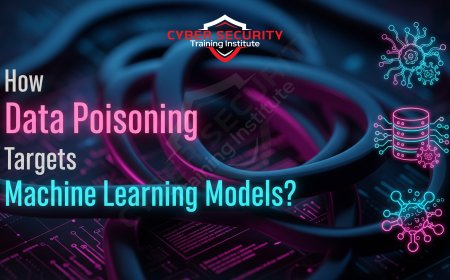
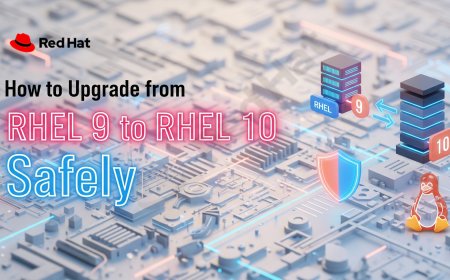
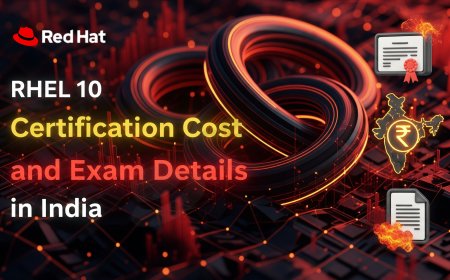
![How to Install RHEL 10 on VMware/VirtualBox [Tutorial]](https://www.cybersecurityinstitute.in/blog/uploads/images/202509/image_430x256_68b56dc967a4a.jpg)
